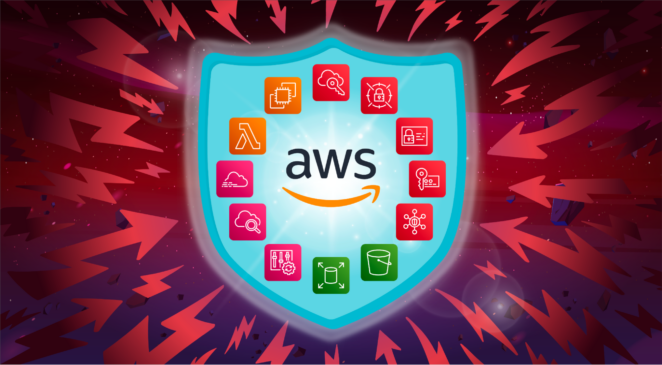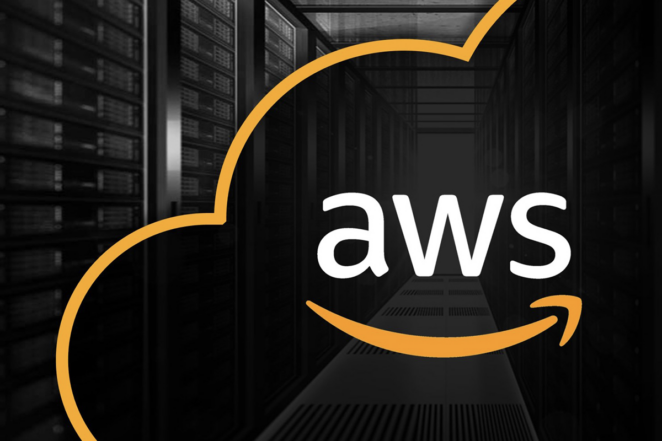Are you concerned about the security of your AWS environment? With the ever-increasing number of cyber threats, it’s important to ensure that your AWS infrastructure is secure. But where do you start? Amazon Web Services (AWS) is a popular cloud computing platform that hosts millions of applications and services. It provides a wide range of security features to protect its customers’ data and applications. However, it’s still important to conduct regular security audits to ensure that your AWS environment is secure.
An AWS security audit can help identify potential security risks and provide recommendations for improving your security posture. But what should you include in your audit checklist? In this article, we’ll provide you with a comprehensive AWS security audit checklist that covers all the essential areas you need to review to ensure your AWS environment is secure.
What is AWS Security Audit?
AWS Security Audit is a process of evaluating the security of your AWS environment to identify any potential security risks and vulnerabilities. This process involves reviewing your AWS configuration, policies, and procedures to ensure that they are in line with industry standards and best practices.
Why is the AWS Security Audit important?
AWS Security Audit is essential for ensuring the security and compliance of your AWS environment. By conducting regular security audits, you can identify any potential security risks and vulnerabilities before they become a problem. This helps you to protect your customer data and ensure that your business is compliant with industry regulations.
How to Conduct an AWS Security Audit?

Conducting an AWS Security Audit involves several steps, including:
- Reviewing your AWS configuration: This involves reviewing your AWS account settings, such as your access keys, security groups, and network settings, to ensure that they are configured correctly. One aspect that is reviewed is the access keys. Access keys are used to authenticate and authorize access to your AWS resources. During the audit, it is essential to ensure that access keys are properly managed, securely stored, and regularly rotated to minimize the risk of unauthorized access. Security groups, another crucial component, are reviewed to ensure that they are appropriately configured. Security groups act as virtual firewalls, controlling inbound and outbound traffic to your AWS resources. The audit involves verifying that security group rules are correctly defined, restricting access only to necessary ports, protocols, and IP addresses. Network settings are also examined to assess the overall security of your AWS environment. This includes reviewing Virtual Private Cloud (VPC) configurations, subnets, and routing tables. The audit aims to verify that network settings are properly defined, and appropriate segmentation is in place to isolate different parts of your infrastructure and control traffic flow effectively.
- Reviewing your AWS policies and procedures: This involves reviewing your AWS policies and procedures, such as your раsswоrd policies, backup policies, and disaster recovery plans, to ensure that they are in line with industry standards and best practices.
- Conducting vulnerability assessments: This involves using tools such as vulnerability scanners and penetration testing to identify any potential vulnerabilities in your AWS environment.
- Reviewing your AWS logs: This involves reviewing your AWS logs to identify any unusual activity or potential security breaches.
- Conducting compliance checks: This involves reviewing your AWS environment to ensure that it is compliant with industry regulations, such as HIPAA, PCI DSS, and GDPR.
Securing AWS requires a multi-layered approach that includes network security, access management, monitoring, and compliance. AWS provides a range of security services and features that can help you secure your infrastructure. However, it is essential to configure these services correctly and follow AWS security best practices to ensure optimal security. Here are some key takeaways from this article:

- Secure your network: Use Virtual Private Cloud (VPC) to isolate your AWS resources, configure security groups, and use network ACLs to control traffic flow. Security groups act as virtual firewalls, permitting or denying inbound and outbound traffic based on defined rules. By setting up appropriate security group rules, you can restrict access to your AWS resources and allow only authorized traffic to pass through. In addition to security groups, you can also employ network Access Control Lists (ACLs). Network ACLs are an additional layer of security that operates at the subnet level. They function by controlling inbound and outbound traffic flow based on rules you define. With network ACLs, you can filter traffic, block specific IP addresses, or restrict access to certain ports or protocols. By combining the use of a VPC, security groups, and network ACLs, you establish a comprehensive network security framework.
- Manage access: Use Identity and Access Management (IAM) to manage user access and permissions, implement multi-factor authentication (MFA), and use AWS Organizations to manage multiple AWS accounts. IAM allows you to create and manage user accounts, assign specific roles and permissions to individuals or groups, and regulate their level of access to different resources and services. With IAM, you can define fine-grained permissions, ensuring that users only have the necessary privileges to реrfоrm their tasks and reducing the risk of unauthorized access or accidental misconfiguration. MFA adds an extra layer of protection by requiring users to provide two or more factors of authentication when signing in. This typically involves something the user knows (such as a password) combined with something they possess (such as a unique code generated by a mobile app or hardware token). By enabling MFA, even if an unauthorized individual obtains a user’s password, they would still need the additional factor to gain access, significantly reducing the risk of account compromise. AWS Organizations provides a centralized management framework that enables you to govern and manage multiple AWS accounts within your organization. It allows you to apply consistent policies, monitor and control account usage, and simplify the management of resources and permissions across multiple accounts.
- Monitor your environment: Use AWS CloudTrail to log all API activity, use AWS Config to assess compliance, and use Amazon GuardDuty to detect threats.
- Compliance: Implement security controls to meet regulatory requirements such as HIPAA, PCI, and GDPR.

In summary, AWS provides a robust security system, but you are responsible for maintaining AWS security to protect your data and applications. Follow AWS security best practices, review your security regularly, stay up-to-date on the latest security features, and implement a disaster recovery plan to ensure optimal protection. DevOps https://www.dataart.com/services/devops and the development of platforms will help you in this, with the help of which you can make sure that your AWS environment is safe and protected from cyber threats.




